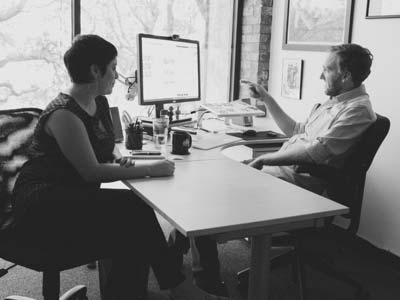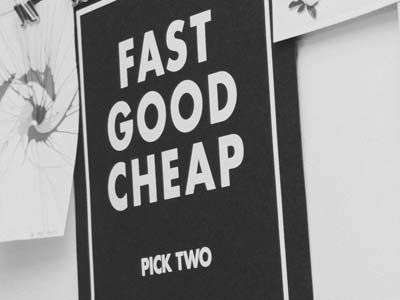Benefits of Consultancy Scrum

Projects, not products
Traditional Scrum is great at managing products. However, consultancies are usually hired to work on projects. Products are feature- and deadline-driven, whereas projects are goal-driven and powered by collaboration between people and teams.
The difference is subtle, but thinking in terms of projects is key to Consultancy Scrum. This is why we refer to the PO as the Project Owner.

Client as Project Owners
In Consultancy Scrum, the Product Owner is someone on the client side. Clients who are new to the Product Owner role will need to learn how to write user stories, how to prioritize them, what to look for in stories, and why accepting stories is important.
Most importantly, clients need to understand how something can be “done” when it’s only one piece of the puzzle. It may take some training on the part of the vendor, but an integrated, invested client can be the development team’s greatest resource.

Pick two
Encourage the Product Owner and stakeholders to pick their two highest priorities: Budget, Timeline, or Features. The backlog should always be fine-tuned to meet the most important of the two, allowing the third to be flexible.
Note: Budget is always one of the two, even if the client says it isn’t. When working for an outside stakeholder, budget is a driver and should be reviewed with the client and team on a consistent basis. This minimizes the risk of surprises. No one wants to run out of money before the project is complete.

Client management
When the client is integrated into development, it’s easy to think of them as another member of the team. Remember that they’re still the client and have business and emotional needs that need to be met beyond the scope of the project.
Appoint an account manager-like point of contact who isn’t purely project focused. This person can have frank discussions with the client to make sure all of their needs are being met without any of the day-to-day project concerns getting in the way.

Be adaptable
Scrum is all about being agile, allowing for change, and "failing fast." Your project management methology should be agile, too.
Every client, project, and person is different. What works for one project may not work for another. Consultancy Scrum embraces this and allows you to adapt to your client's unique culture.

Learn more!
- Slides from Consultancy Scrum: Making agile work for clients and vendors (DrupalCon Austin 2014)
- Webinar about Consultancy Scrum (Description)
- Podcast about Consultancy Scrum (Drupalize.me)
- Video from Consultancy Scrum: Making agile work for clients and vendors (DrupalCamp Atlanta 2013)